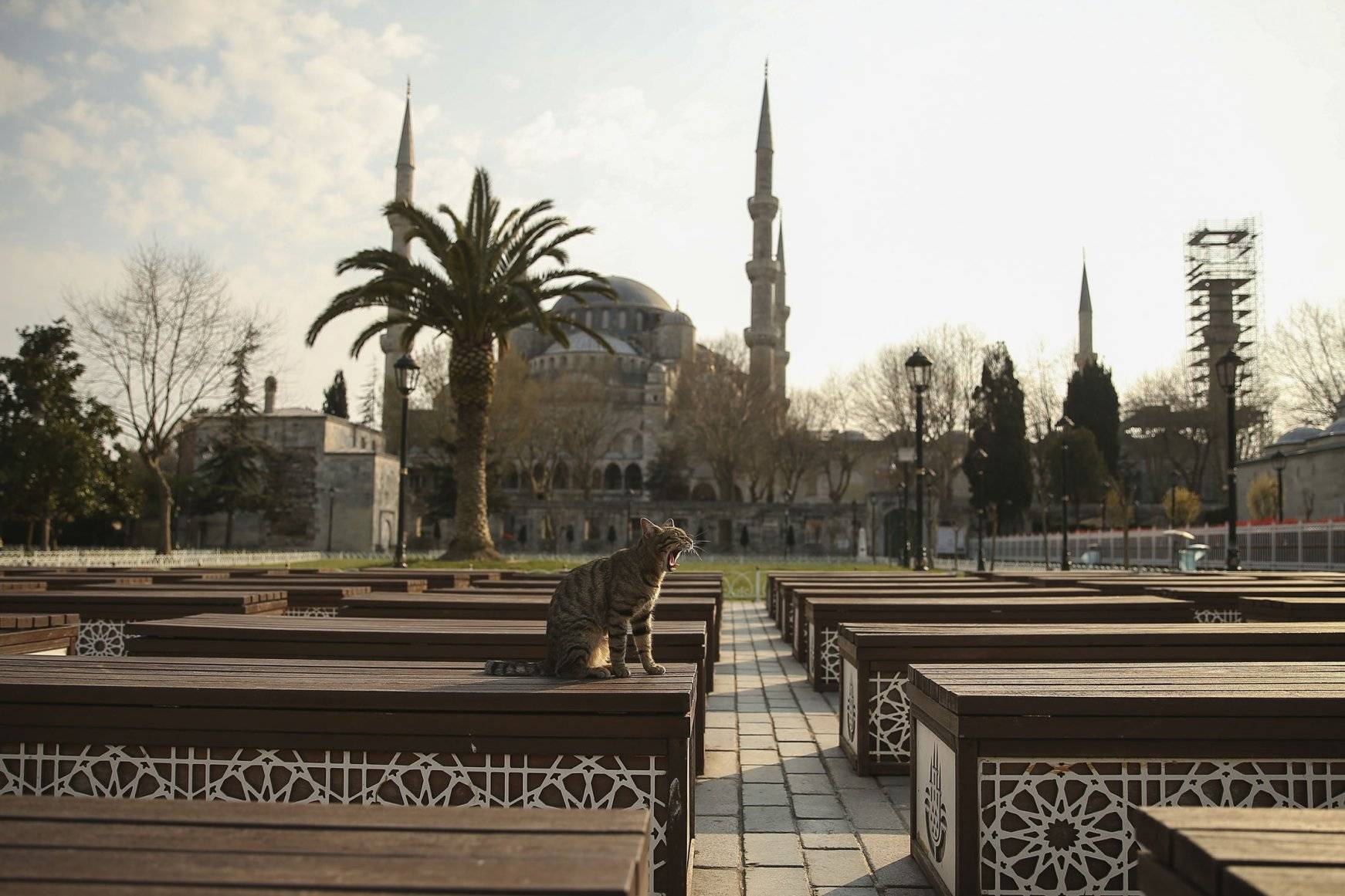Istanbul is home to hundreds of stunning sites, but it also has its most significant population of stray cats. These cats may be found in almost every part of town, crossing streets, racing on roofs, basking on sculptures, and jumping across ledges for fun. They may also be seen beneath restaurant tables, begging for a small portion of your great Turkish food dish. Some cats have even graced Istanbul’s major attractions, gaining international fame. So, without wasting a minute apply for a turkey visa online to see these international fames.
You’d think that with so many stray cats, many of them would be dirty and hungry, yet the opposite is true: Istanbul’s big cats are well-nourished, clean, and friendly. Do they, therefore, belong to other tourists? If not, who looks after them so well? Where did all the cats come from, and why are there so many? Should you be concerned if a cat appears outside your guesthouse late at night? Stay with us as we investigate these furry kings and queens of Istanbul’s streets to find the answers to these and other fiery questions.
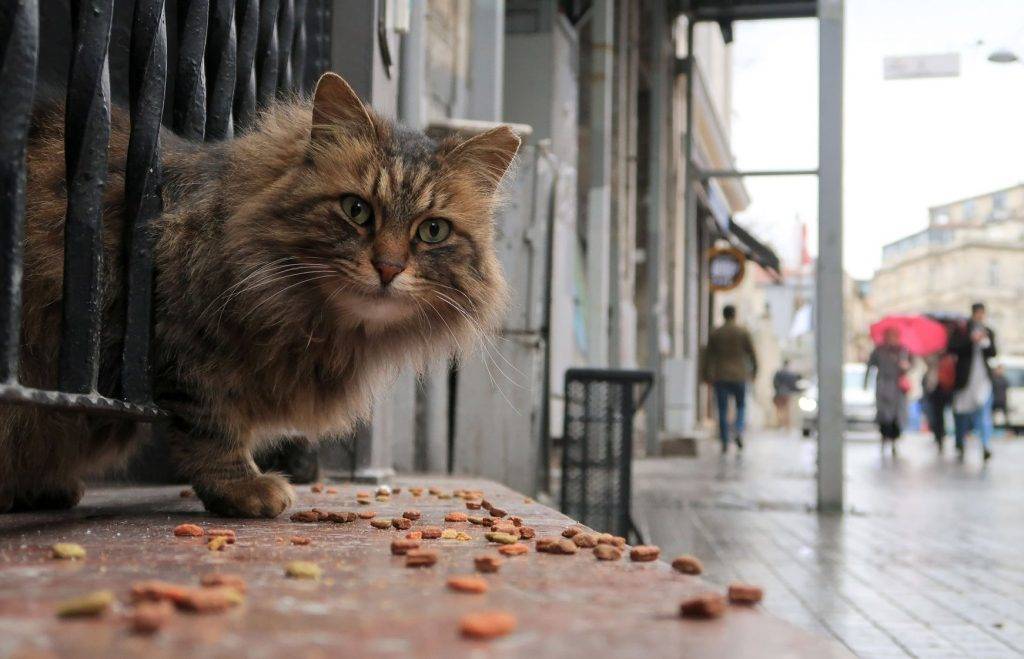
Why Does Istanbul Have So Many Cats?
To begin, we must put the cat population in context: Istanbul has a population of 15 million inhabitants and an estimated 125,000 cats roaming the streets. These cats don’t belong to anyone but rather to the city, and their large population is attributed to Islam, the country’s primary religion.
Islam’s Fascination with Cats
Unlike in Christian Europe, where cats were historically connected with witchcraft, cats have long been valued in Islam for their cleanliness. As a result, these fluffy felines are seen as ritually clean and hence revered. They are allowed to visit mosques in Islamic tradition, and food touched by cats is still halal. Water taken by a cat is likewise OK for wudu.
Prophet Muhammad banned the harassment and killing of cats in the Hadith. “If you murder a cat, you must construct a mosque to be forgiven by God,” according to a famous Islamic saying. On the other hand, the Prophet showed a passion for cats on several occasions, and one of his associates, Abu Hurairah (which means “father of the kitten”), was well-known for it.
According to one story, the Prophet was saved from a snake assault by Abu Hurairah’s pet cat. According to legend, the Prophet blessed the cat by conferring upon them the well-known superpower of landing on their feet. Aby Hurairah also heard the Prophet say that a lady would go to hell for refusing to feed and water a cat. Another story claims that when Muhammad had to rise for prayer, he took off his sleeve to avoid frightening a cat sleeping on his robe.
Cats were considered guardians in Islamic culture because they protected libraries and granaries from rats and mice. By eliminating rodents, they also prevented rat-borne plagues, which wreaked havoc in the ancient world on occasion.
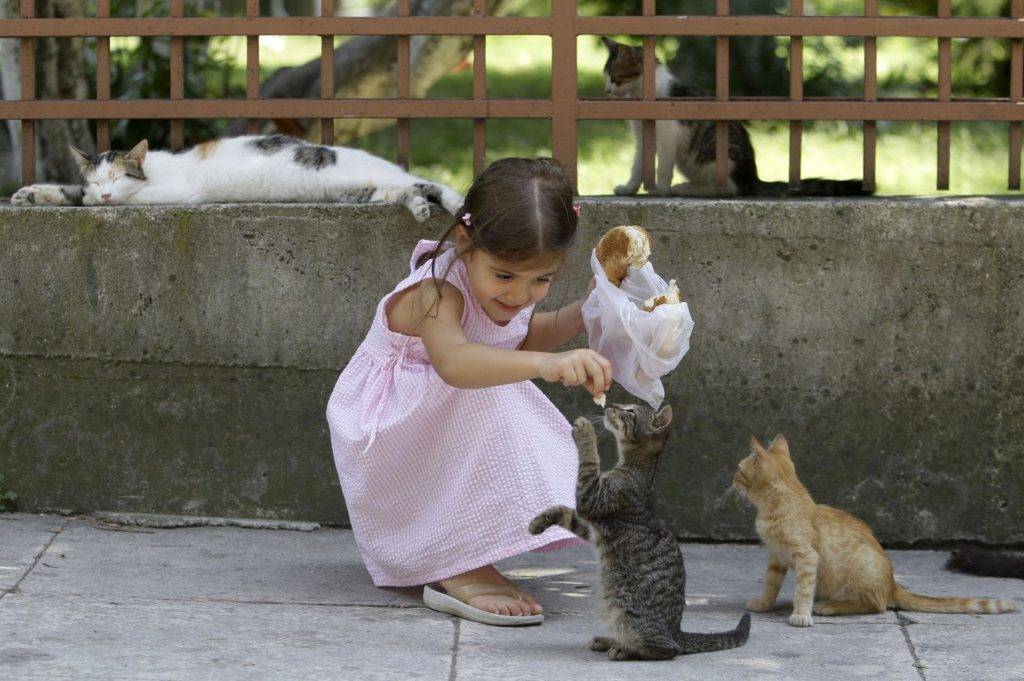
The result of this fascination
Cats were given a unique position in the Ottoman and other Islamic empires because of the religion’s teachings on cats. Sultan Al-Zahir Baybars of the Mamluks, a cat-loving ruler, donated a complete garden for the cats of his city, where all of their requirements, including food, were fulfilled. Even the park was sold, the endowment remained in place, and individuals continued to care for the cats according to the King’s wishes.
How are cats treated now?
Cats were prized throughout the Ottoman Empire, and this custom continued even after Turkey became a republic. As a result, the cat population has thrived under the communal care of entire cities such as Istanbul; cats are fed by everyone yet belong to no one, allowing them to keep their independence. Small containers beside the roadside are a common sight as you go throughout the city. The town residents serve portions of food to their animal friends here.
Restaurant owners also feed the stray cats that lurk on their premises. Finally, some visitors refuse to be left out of the noble custom and drop some food on the cats from under tables, carefully monitoring them. These factors have contributed considerably to the number of cats strewn across Istanbul’s streets.
Nonetheless, not all cats are on the city’s good side when it comes to felines. Strays in the poorer parts of town have it tough and constantly fight for what little food is available.
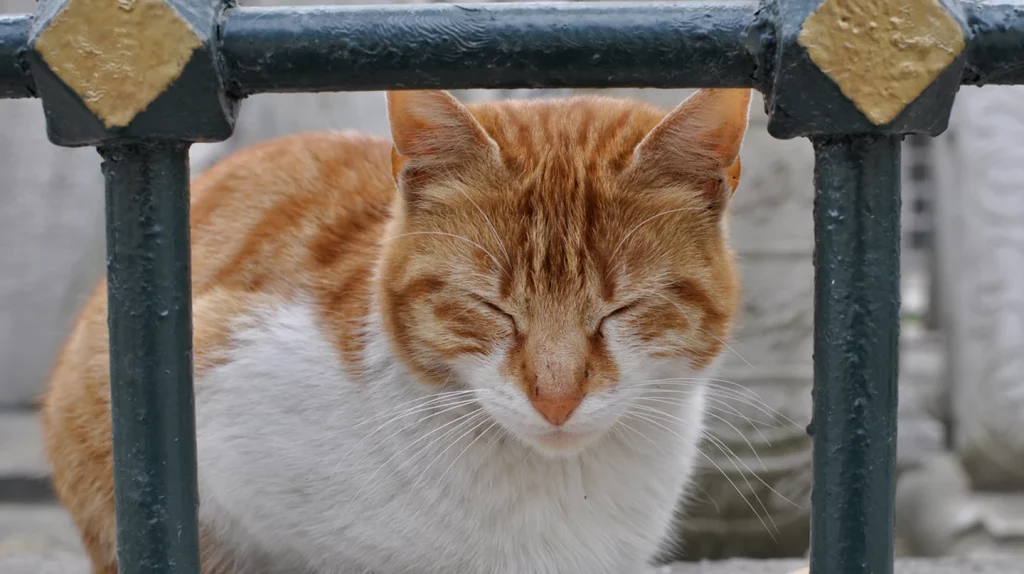
Is there a non-profit organization that can help these cats?
In addition to the efforts of residents, Istanbul has several non-profit groups dedicated to assisting stray cats. Some are founded by locals or the government, while foreigners or international organizations establish others. These non-profits have opened animal shelters and advocated for greater animal rights to aid the city’s furry residents.
Malicious behaviour directed towards cats and other animals, for example, was not criminal until 2004. As a result, terrible individuals would get away with animal abuse without even a slap on the wrist, barring the glares of other residents. Lobby groups and animal rights organizations worked to make animal cruelty punishable by fines, and Turkey is now drafting proposed laws that will punish animal abuse by jail time.
Non-profit organizations and animal shelters working to improve the lives of Istanbul’s big cats include:
Tails of Istanbul (TOI) organization
Tales of Istanbul is a non-profit organization started in 2016 by Therese, a Swedish tourist. She travelled to the city to aid refugees, but she found over a hundred abandoned cats in her shelter’s courtyard. The situation motivated her to create a charity that generates funds for the cats’ veterinary care and raises awareness for their adoption.
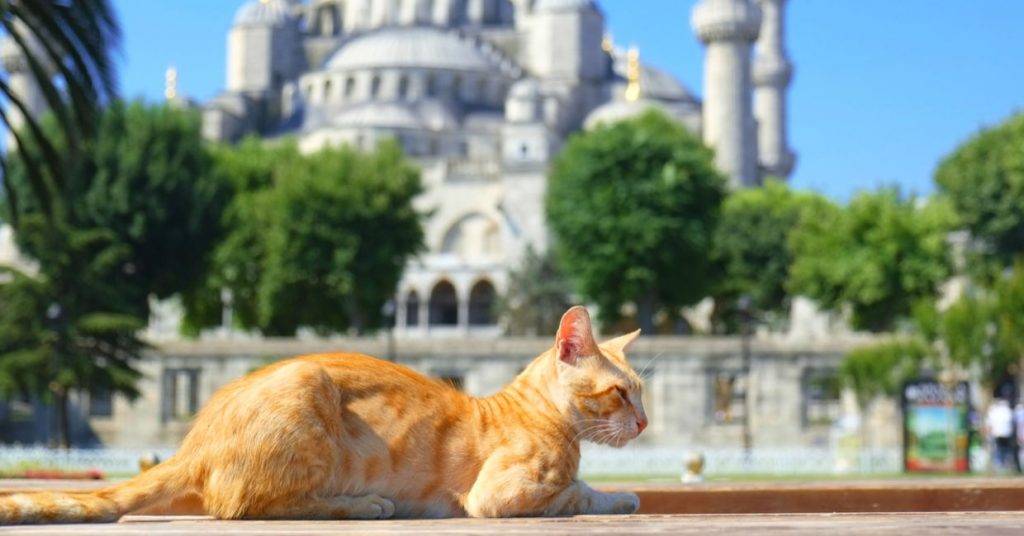
Yedikule Animal Shelter
Fatih municipalities and volunteers run this shelter.
Cihangir Cool for Cats
This is a voluntary organization run by a British ex-pat that works to preserve street animals across the city. Thousands of creatures have been saved by the group throughout the years from all across the city.
Forest Angels
Another volunteer organization strives to protect stray dogs and cats living in the pockets of Istanbul’s forests.
HAYTAP
This is an Istanbul-based animal rights group. It is also a group of other animal rights groups centred in Istanbul, and it was founded in 2008 to bring all similar organizations under one umbrella. Its goal is to raise awareness of human rights violations in the city by employing public relations and school-based education programmes to spread the word. Currently, the organization is lobbying for stricter animal cruelty laws.
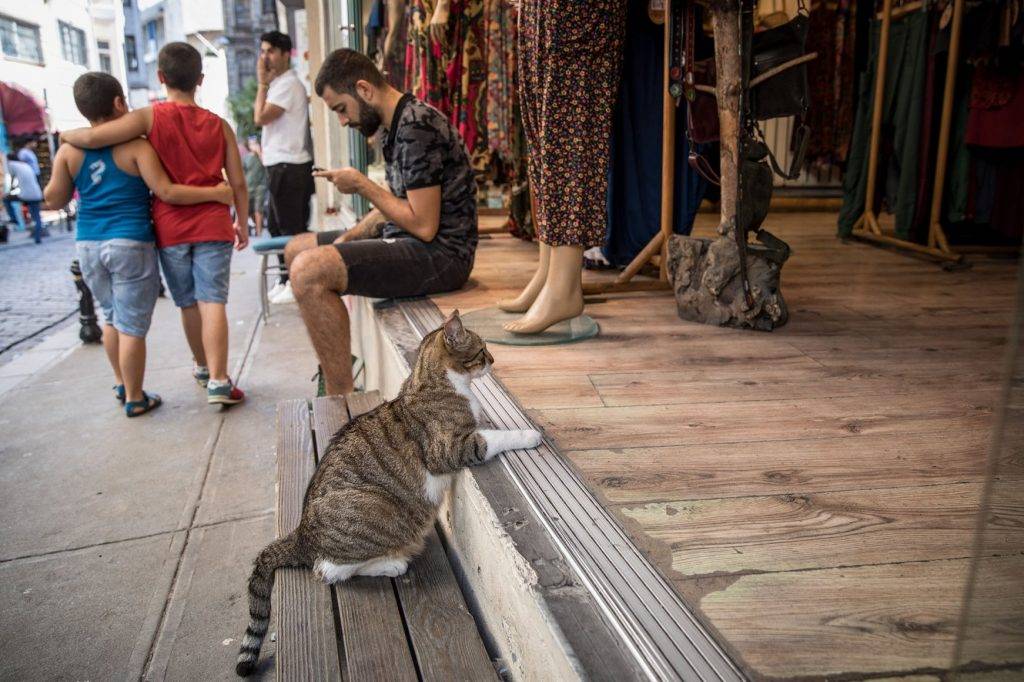
Istanbul’s Cat Celebrities
The city’s cat culture has also resulted in the creation of well-known cat celebrities. Some of the most notable are:
1. Tombili
Tomblin (Turkish meaning “chubby pet”) was a well-known street cat from the Kadikoy district’s Ziverbey. She was known for her kindness and signature position of resting against the staircase. When photographs of the cat in this pose went viral, she became a social media sensation worldwide, further boosting her status in Kadikoy. Tomblin, however, became unwell and died in early August.
Following her death, 17,000 people signed a petition to honour her memory, which the mayor of Kadikoy accepted. As a result, a local sculptor recreated her renowned posture in a statue. On World Wildlife Day, October 4, 2016, the sculpture was unveiled.
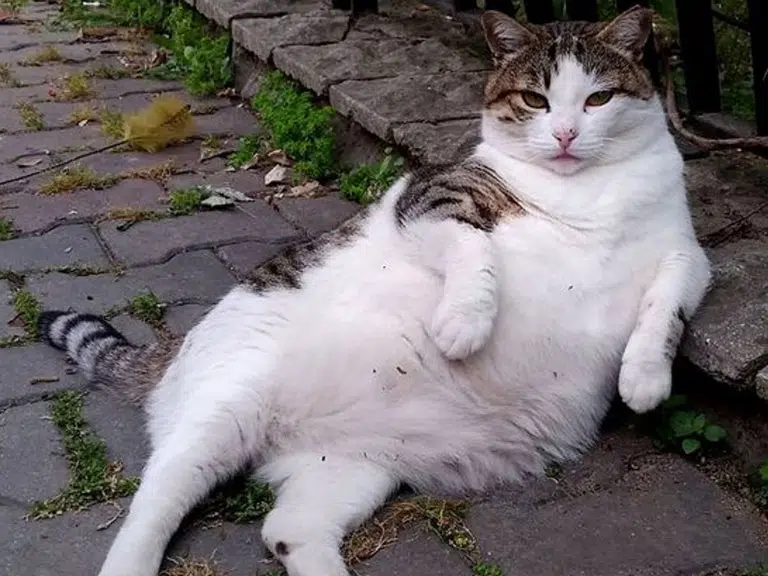
2. Gli
Gli was a Turkish artist whose work graces the famous Hagia Sophia mosque in Istanbul. She was born in 2004 and spent 16 years of her life at the Hagia Sophia. Tourists flocked to see her throughout her life, and she became a famous symbol of the mosque. When Barack Obama visited the mosque in 2009 and stroked the cat, her celebrity reached new heights.
When the mosque reopened in 2020, the cat regained her fame, and photographs of her shot by tourists filled the internet. She even has a web blog about her life and an Instagram account with 118,000 followers. After getting treatment, Gli died on November 7, 2020, and was buried on the Hagia Sophia grounds.
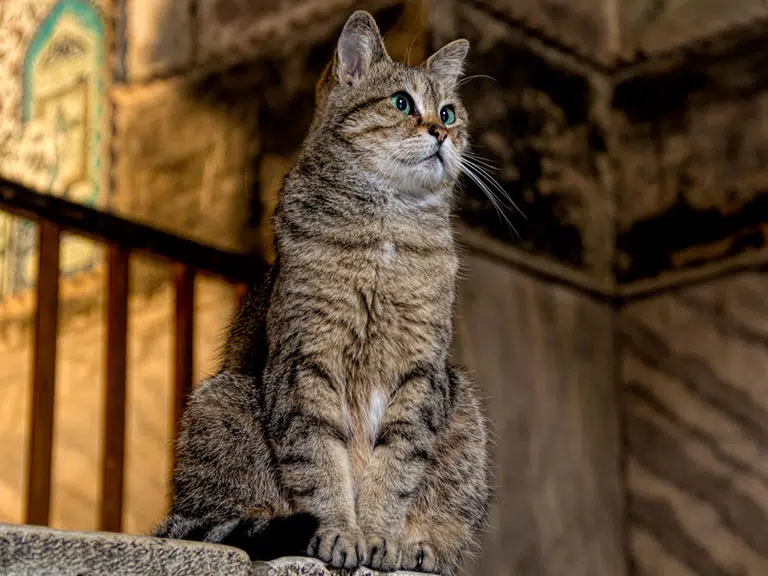
Do they get together with Istanbul’s stray dogs?
Although cats are the city’s most well-known furry residents, dogs also roam the streets in large numbers. According to the New York Times, around 130,000 stray dogs in Istanbul alone. No, don’t be scared; Istanbul’s stray dogs are just as friendly as the city’s cats. Also, the cats and dogs’ relationship isn’t as aggressive as you might think; they’ve learned to cohabit relatively civilized way.
Dogs in Istanbul, however, have not always had it easy. They were not given the same level of care and attention as the cats for a long time. In truth, the city’s municipality poisoned dogs in the twentieth century and early twenty-first century, which was inhumane and created a severe health issue.
Things have improved for the dogs since then. Dogs are cared for by the same non-profit organizations that care for stray cats in the city. Don’t be frightened if one approaches you during your trip because the dogs are fed and vaccinated. New animal laws have also gone a long way toward assisting Istanbul’s dog residents in is homeless.
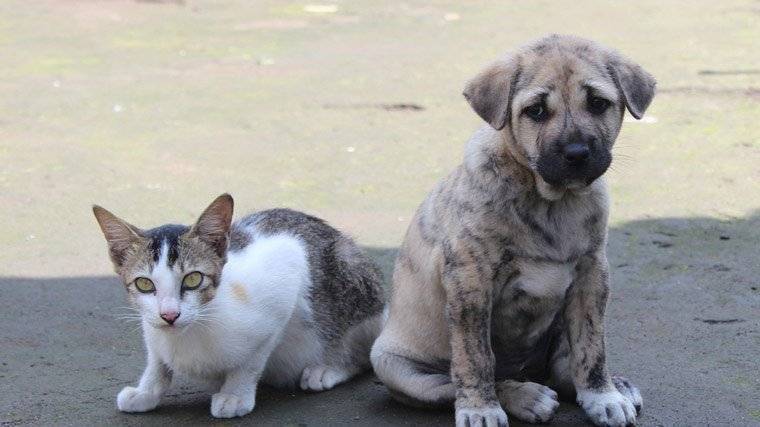
Don’t forget to watch the cat movie!
The documentary Kedi, about the life of Istanbul’s cats, was released in 2017. The film shows a day in the lives of a cat and the inhabitants’ reactions to their cat neighbours. Kedi ends with a warning about Istanbul’s fast modernization’s dangers to the city’s cats.
TurkeyVisaOnline not only provides the turkey e visa to enter turkey. But we have also given all the information related to travel, attractions, history and much more.
